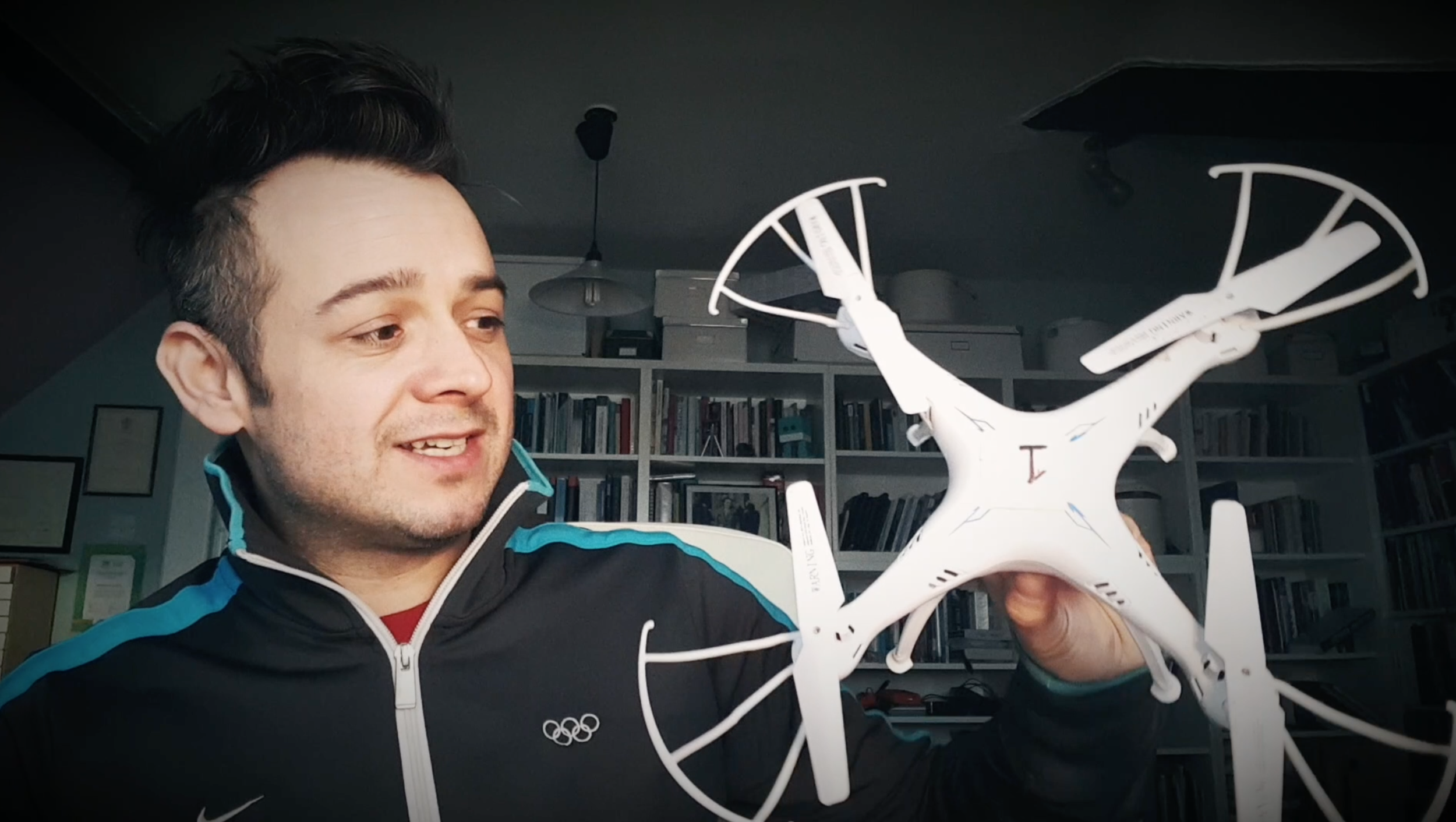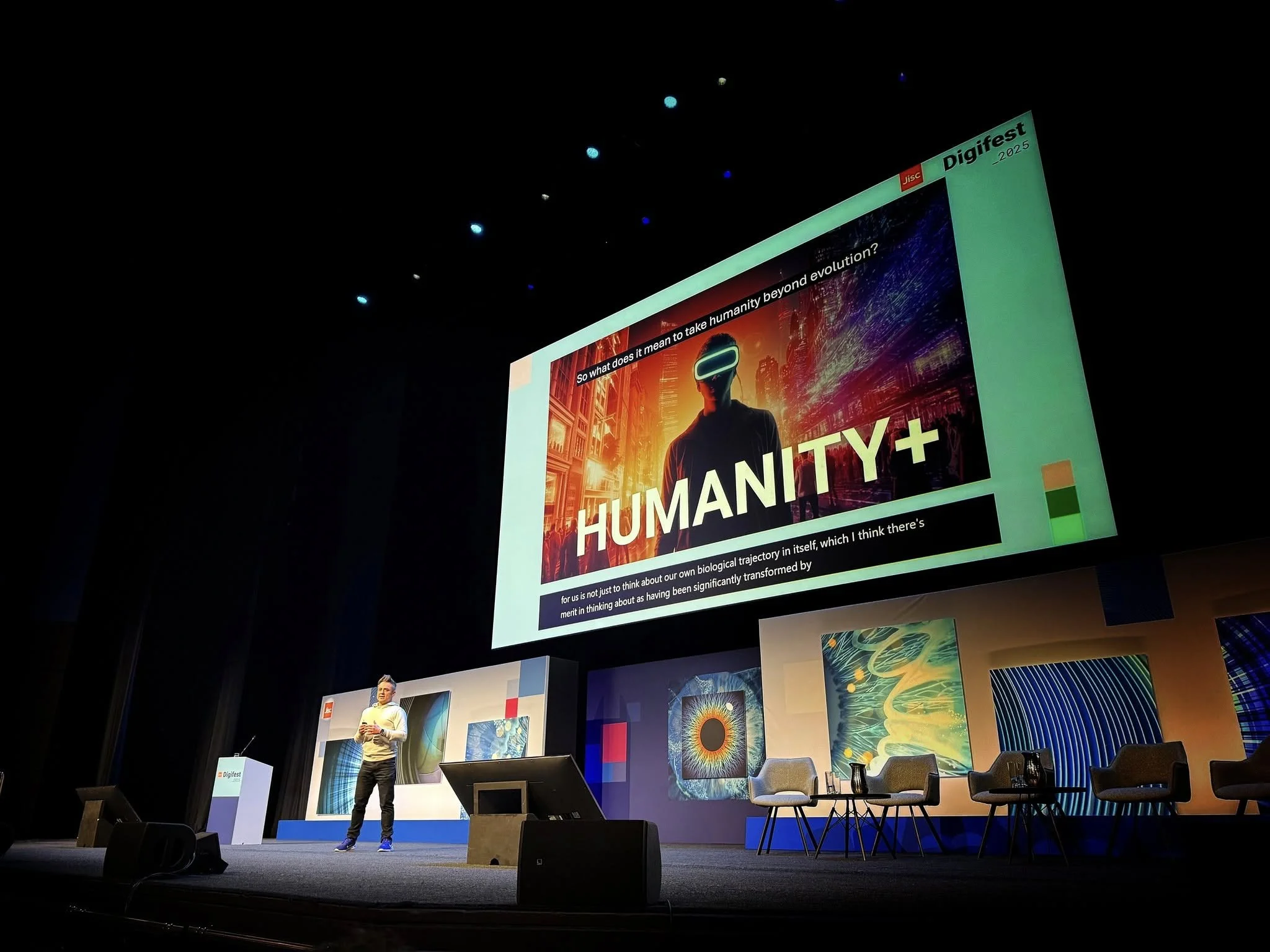
Make it stand out
What’s been happening?
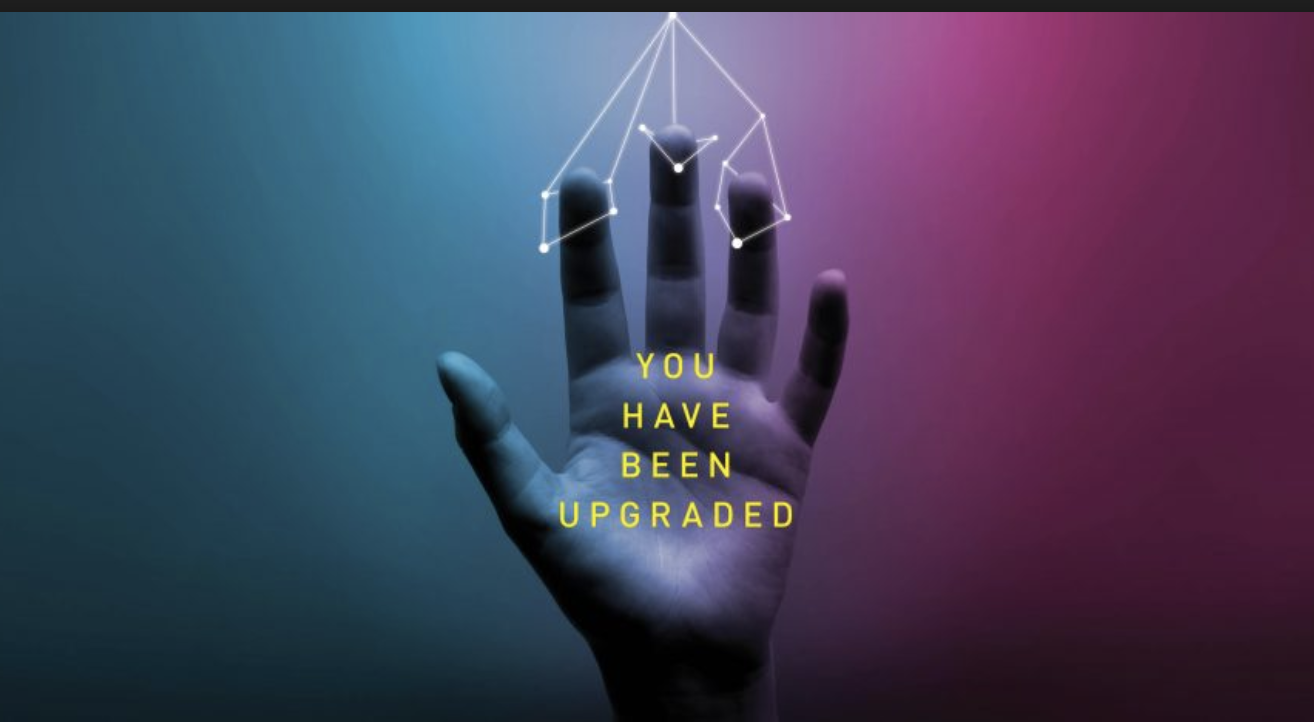
You have been upgraded
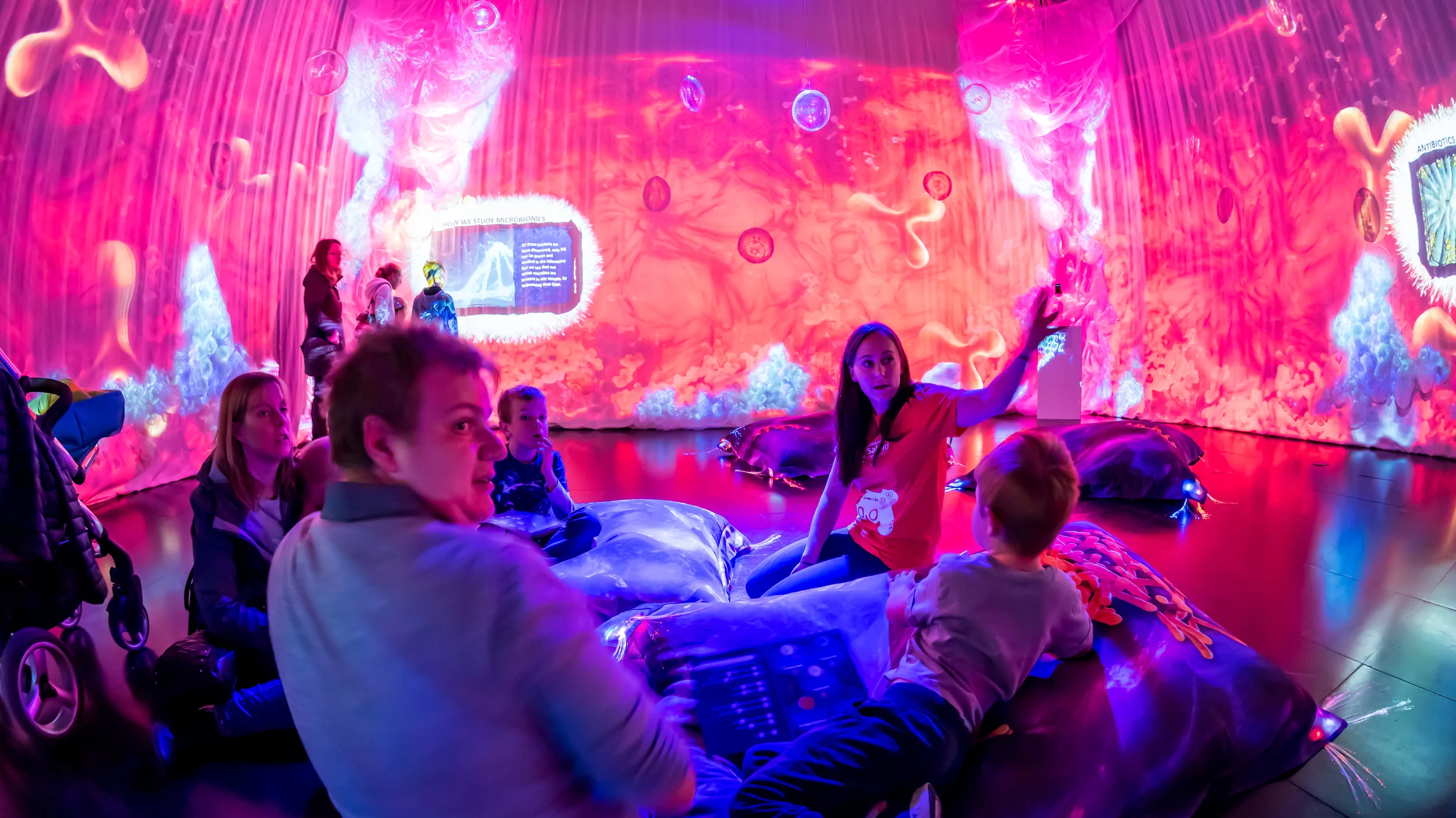
Manchester Science Festival
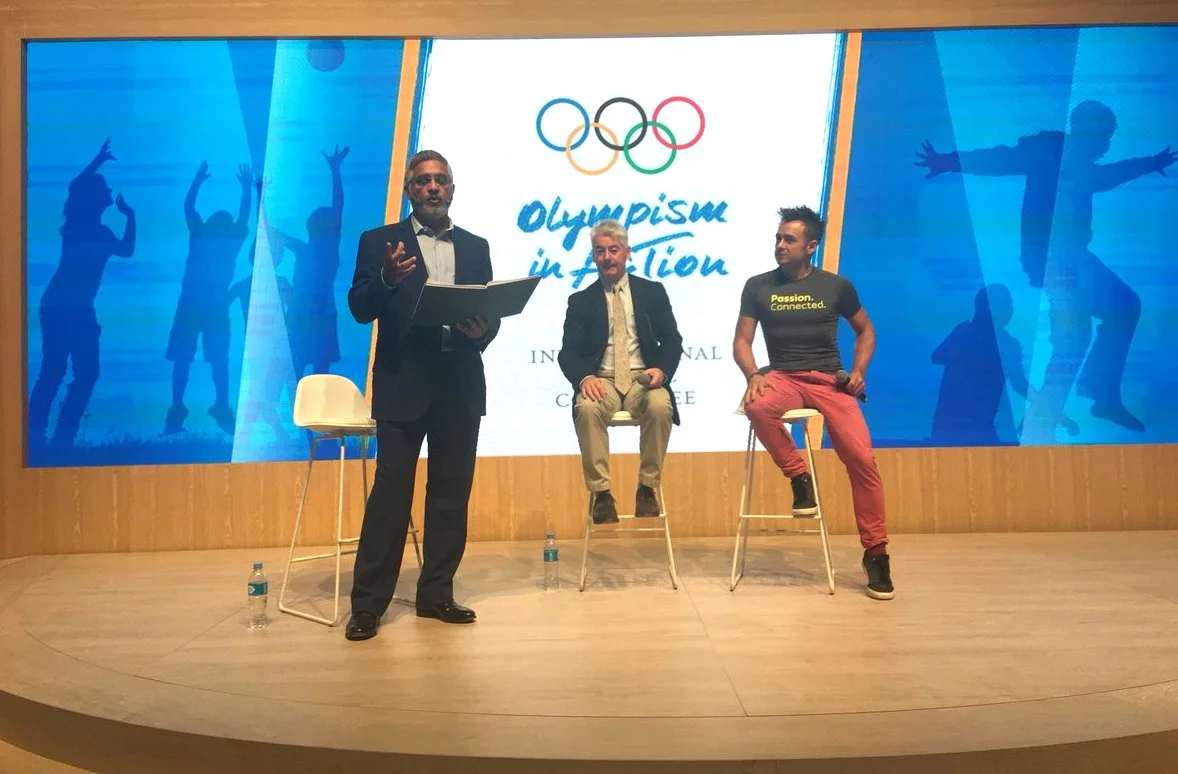
Olympism in Action
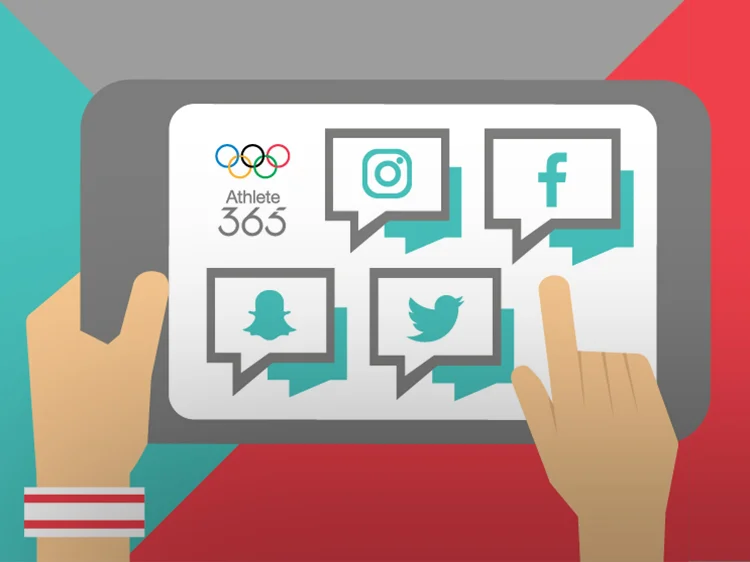
Athlete 365

The future of the eSports experience
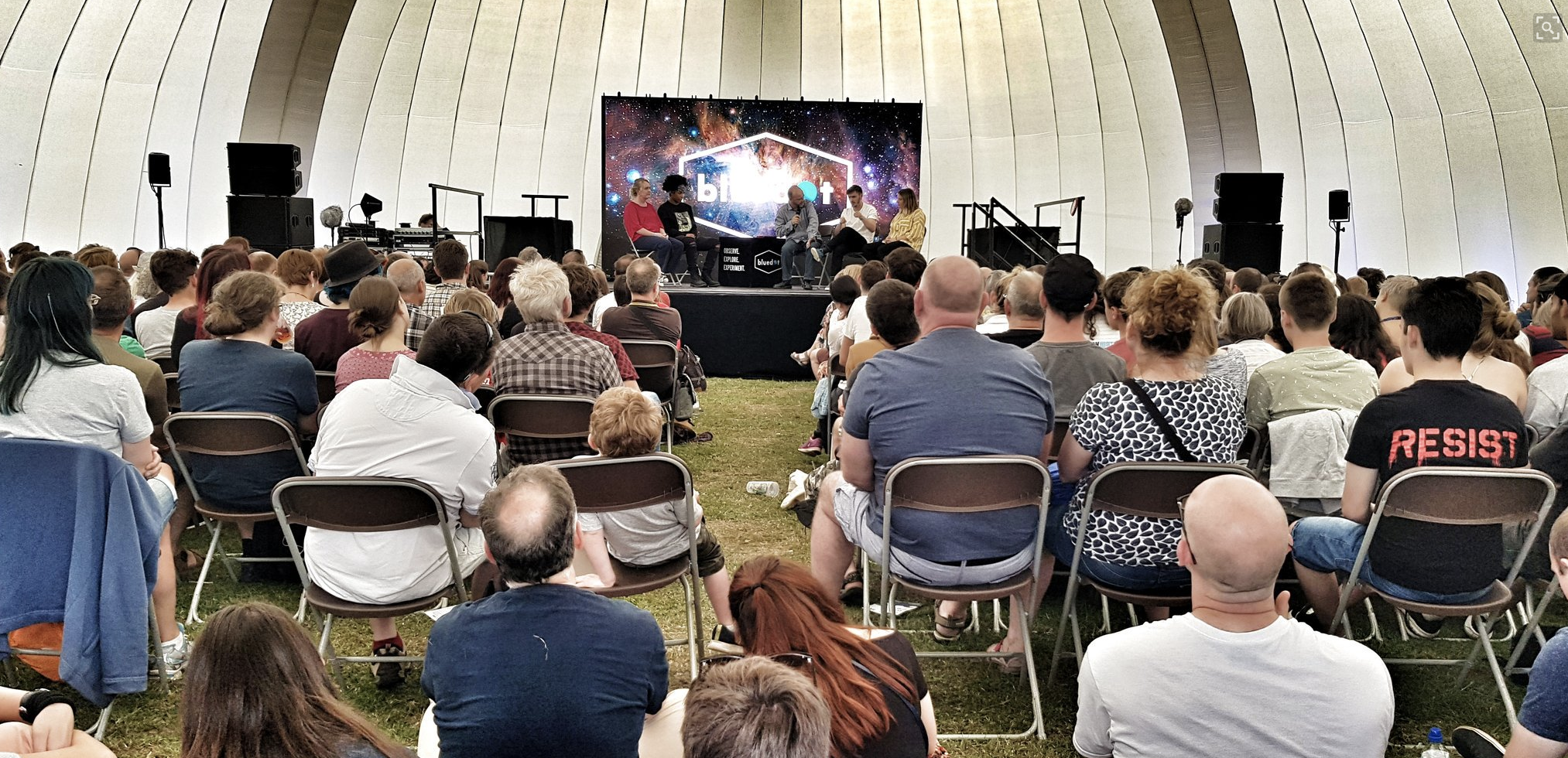
The Prospect of Immortality #BlueDotFestival

Virtual Reality for Mental Health #SheffDocFest
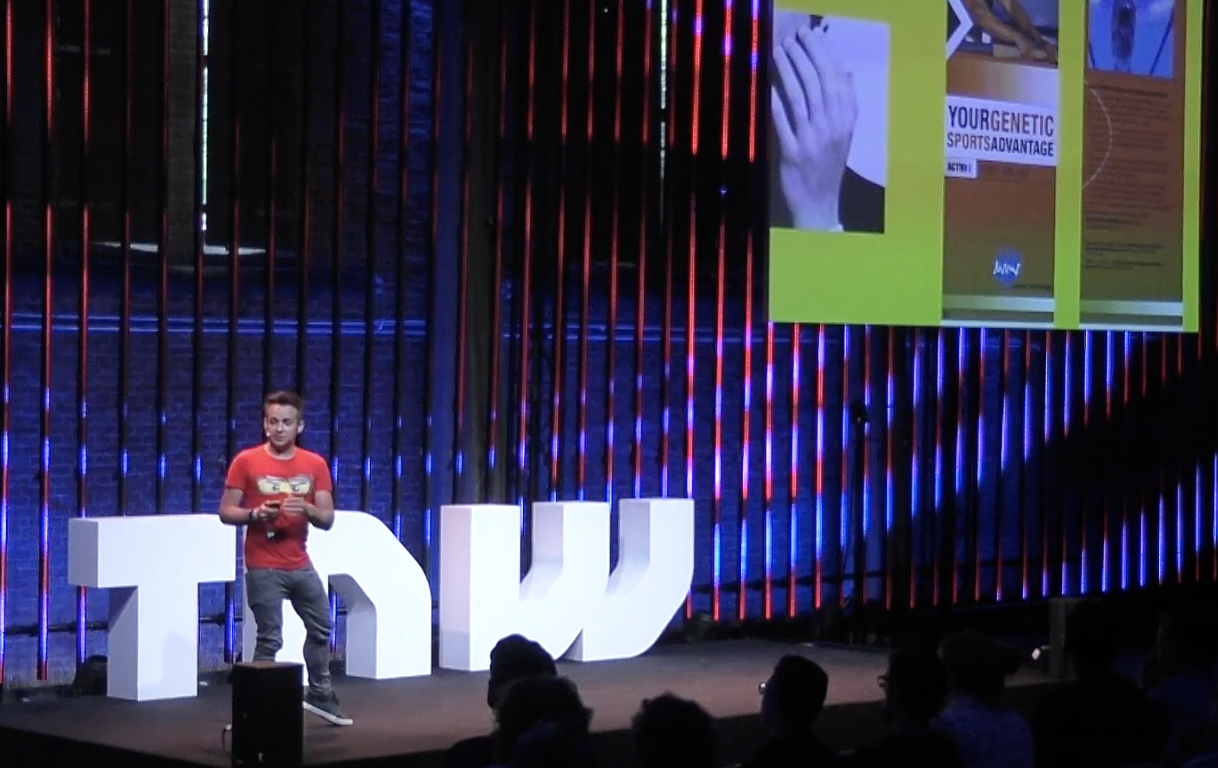
The BioDigital Athlete #TNW2018
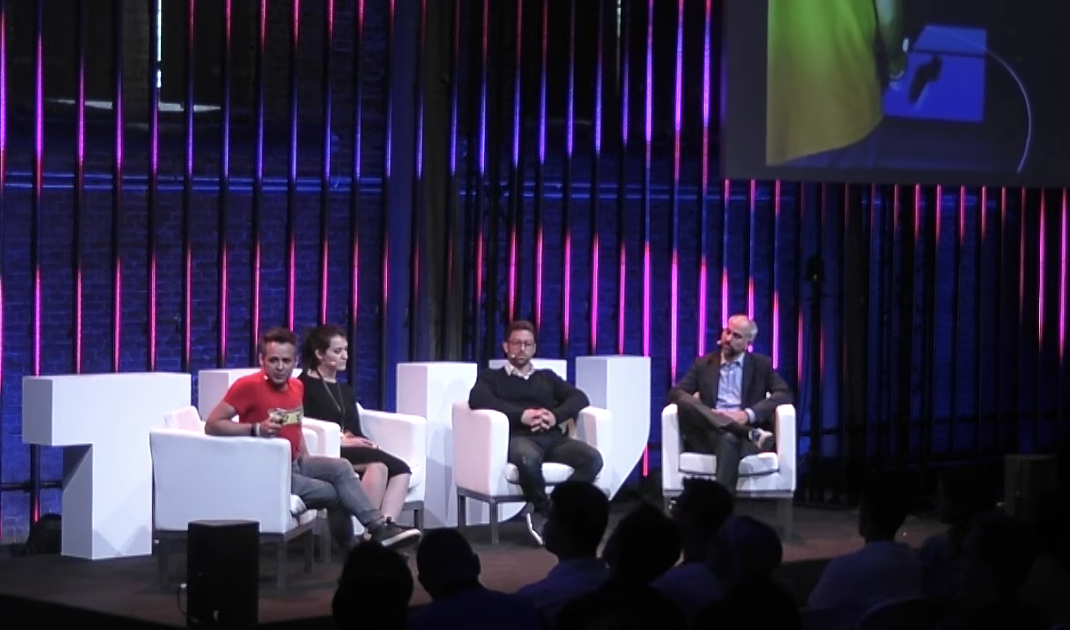
The Next Web does eSport

Digital Health in the House of Commons

Understanding Transhumanism

Designing Healthcare for the Digital Generation
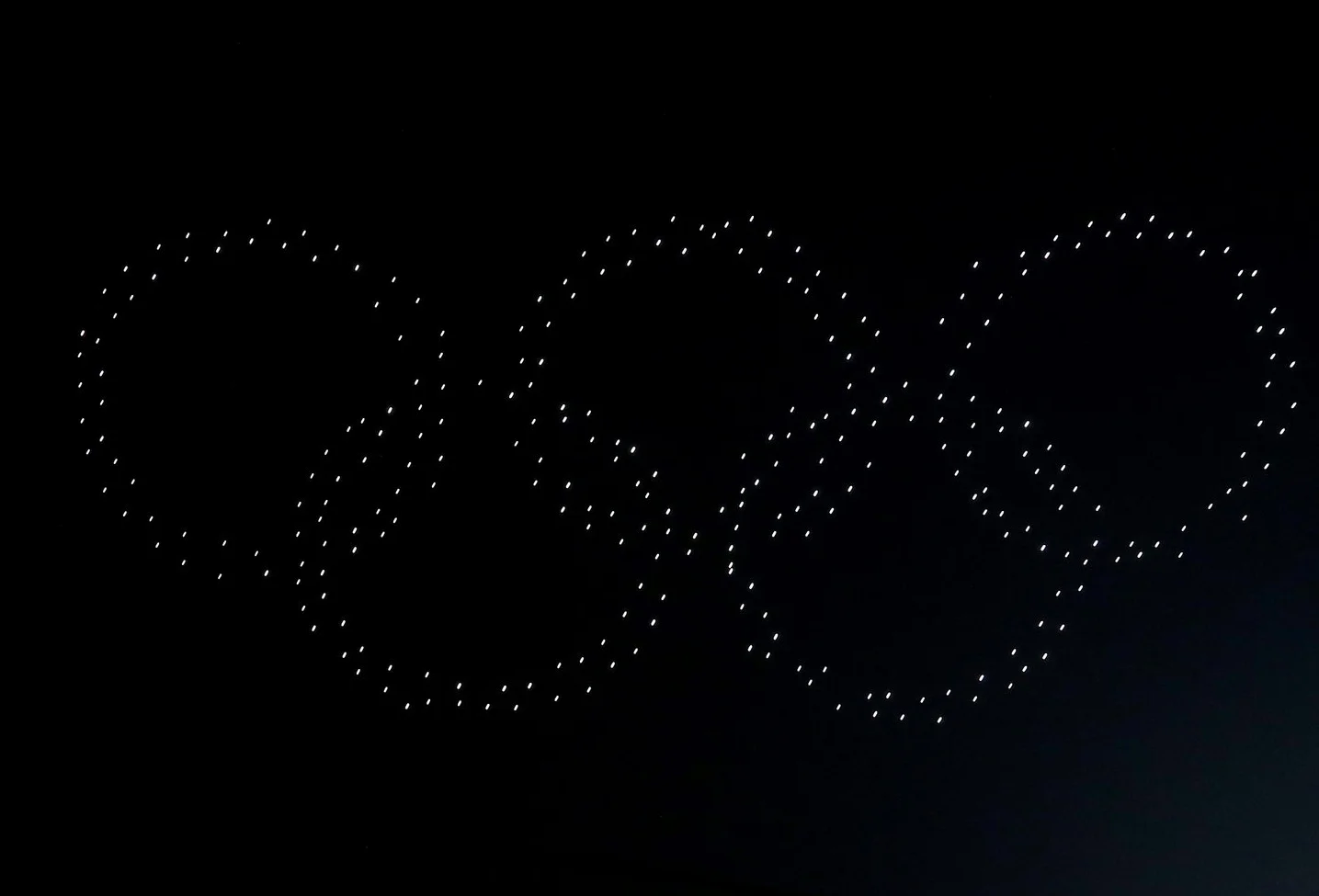
The Olympic Games Drone Show

CNN on gene doping

Stephen Hawking as a Science Communicator
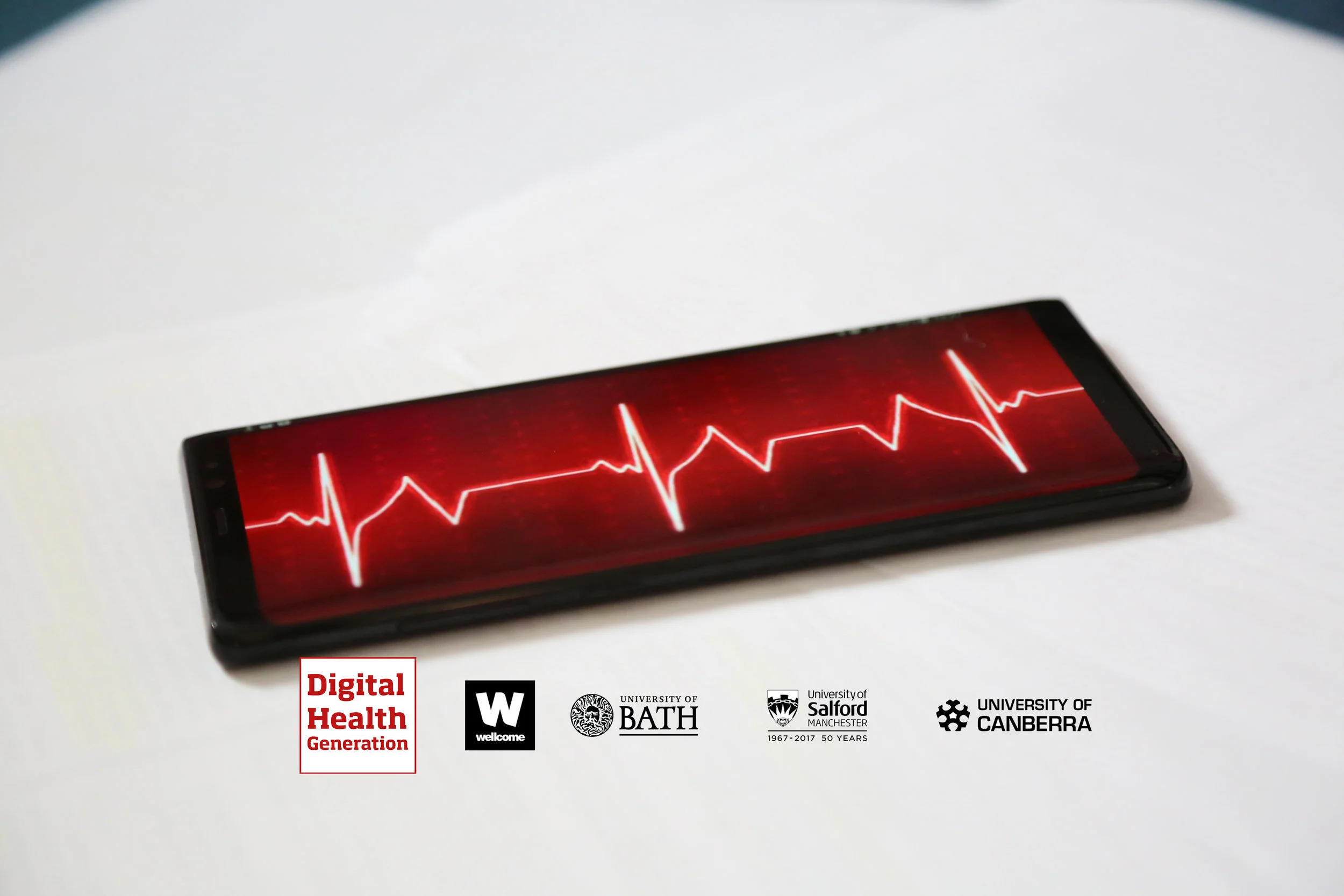
The Digital Health Generation
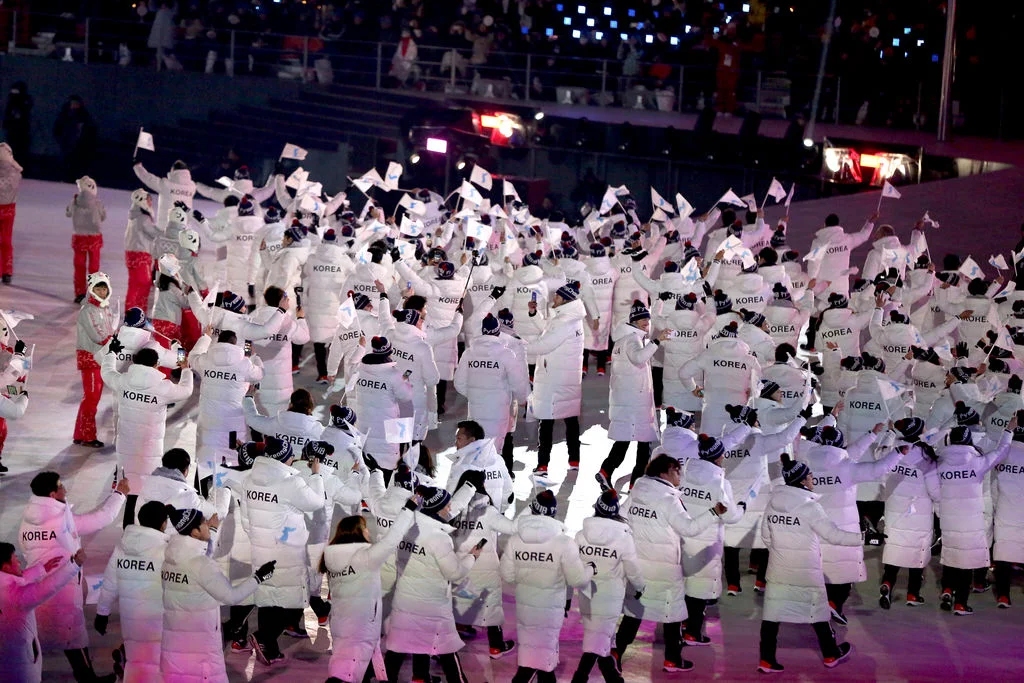
My PyeongChang 2018 Olympic Winter Games
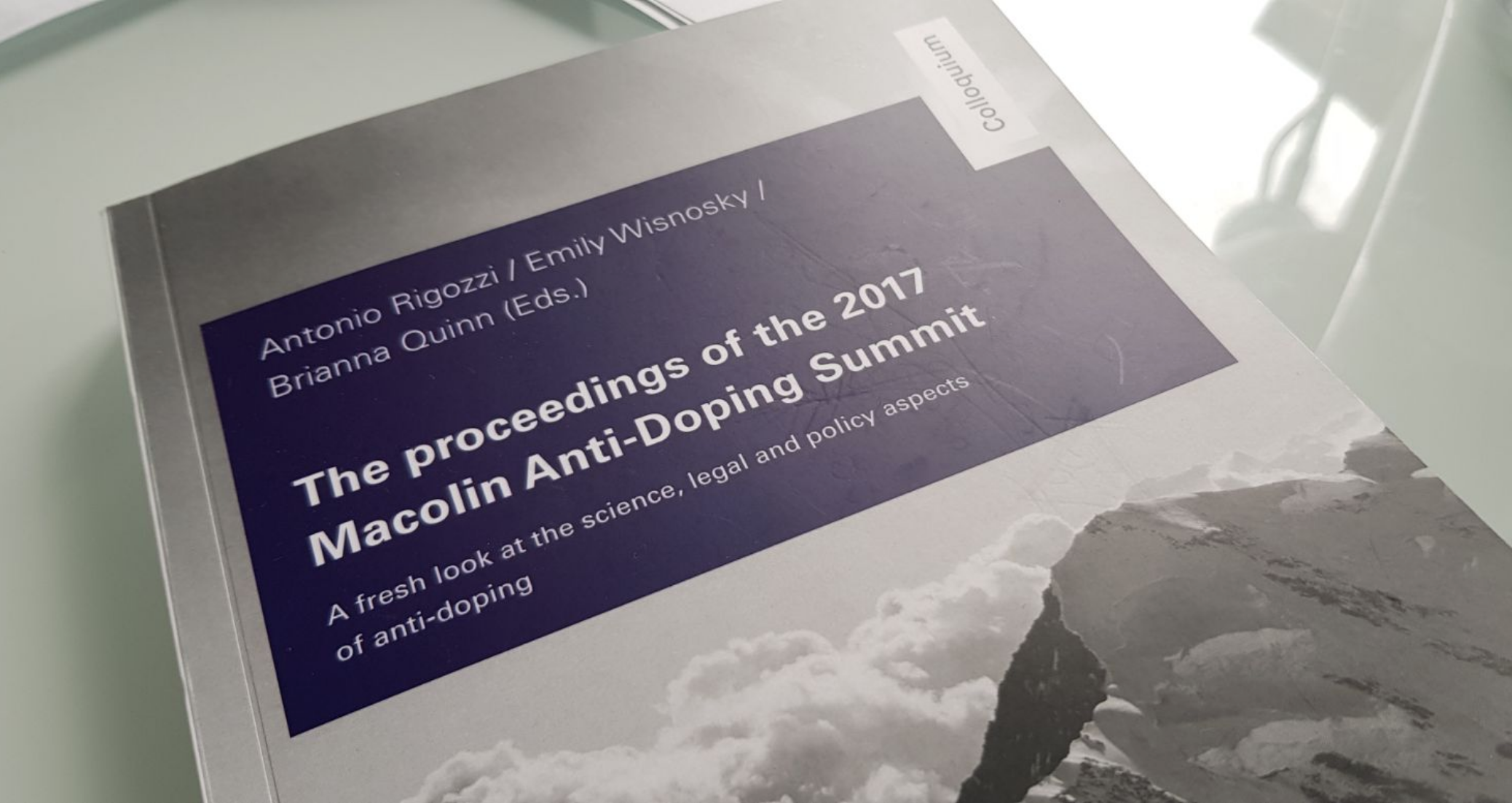
A fresh look at anti-doping
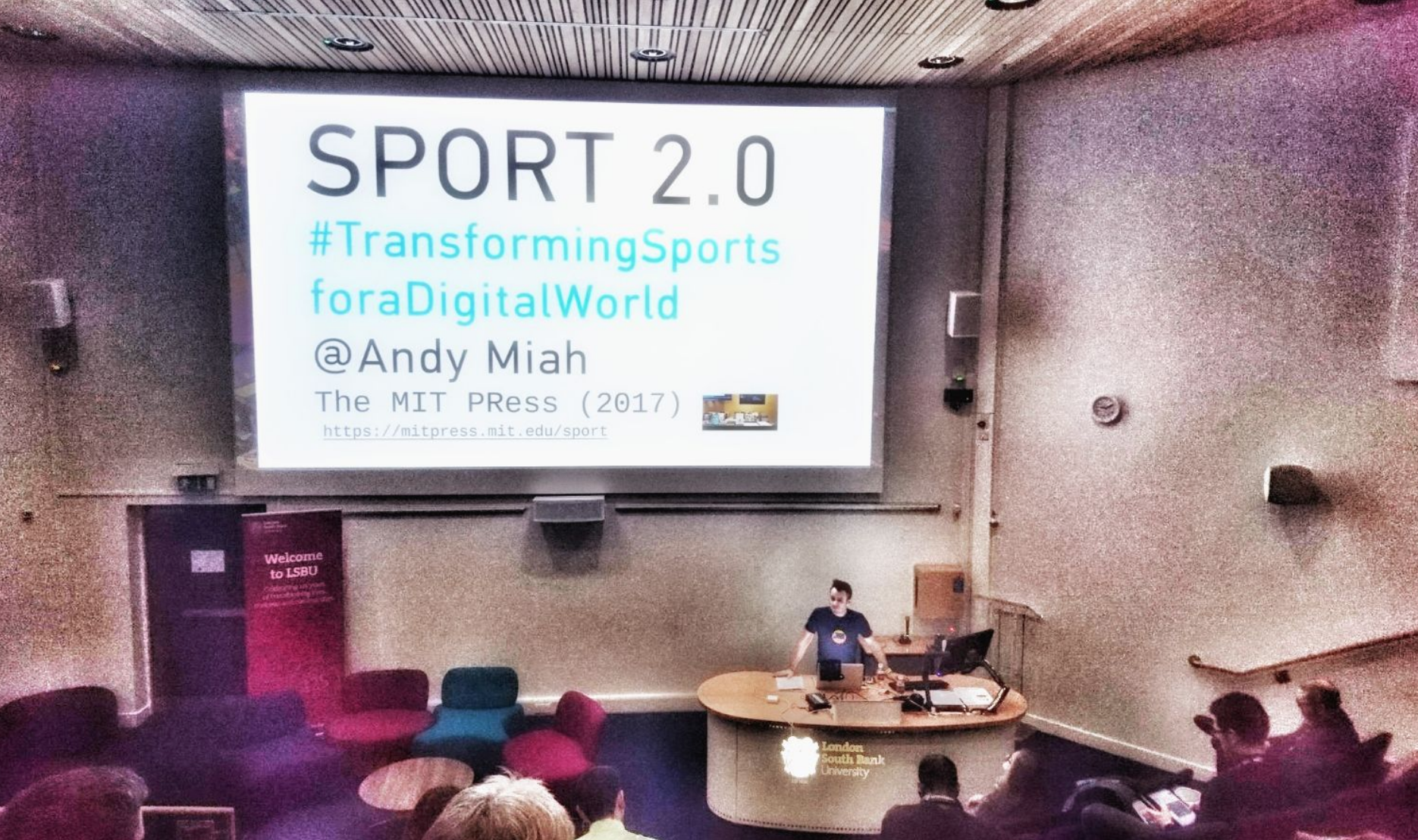
Sport 2.0 @ #MeCCSA2018
